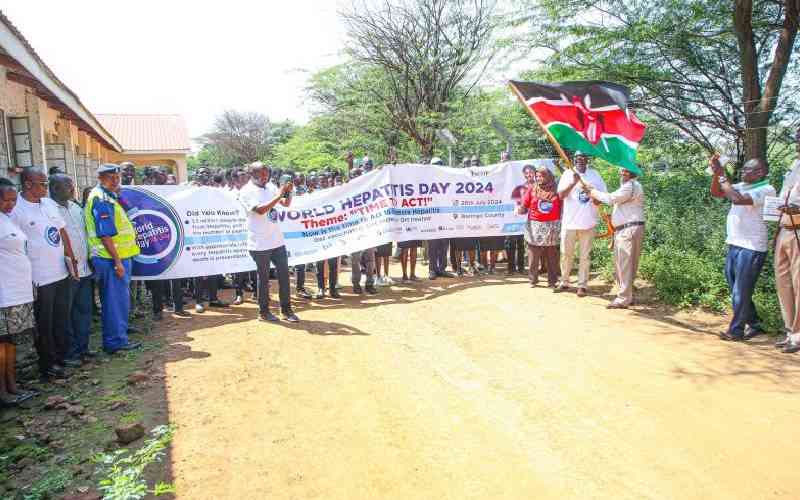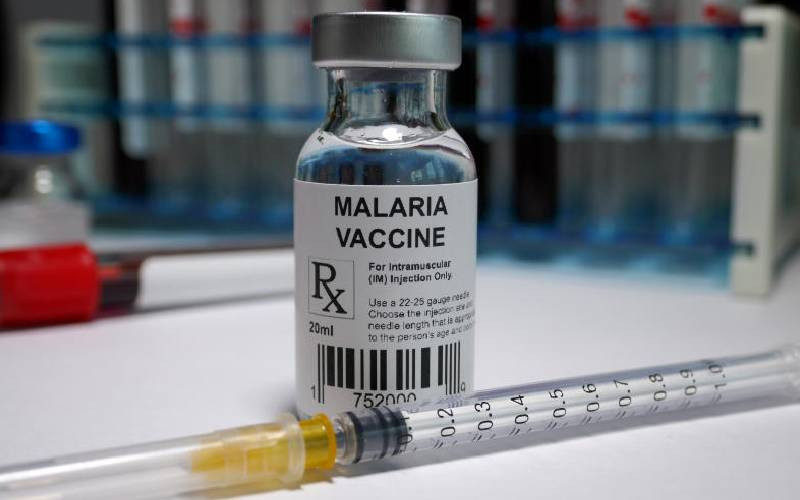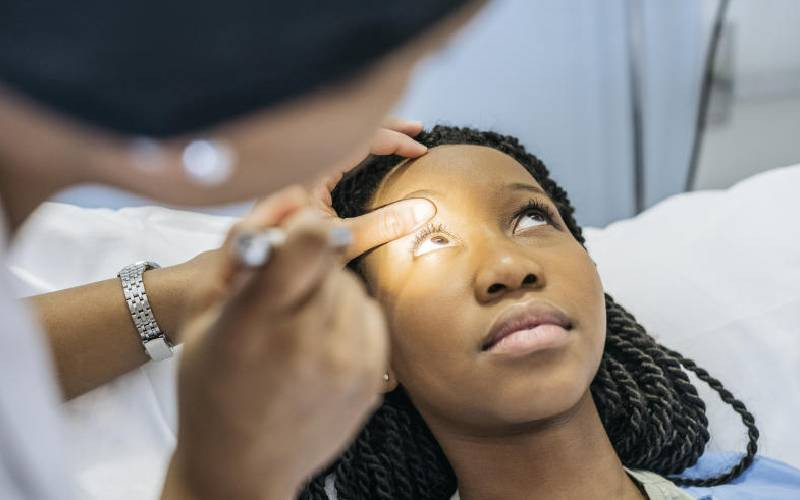
Samburu County has recorded the highest number of teenage pregnancies, according to the 2022 Kenya Demographic and Health Survey (2022 KDHS) report.
While adolescent pregnancy nationally stands at 15 per cent, Samburu reported a whopping 50 per cent.
The devolved region was followed by West Pokot (36pc), Marsabit (29pc), Narok (28pc), Meru (24pc), Homa Bay (23pc), Migori (23pc), Kajiado (22pc), Siaya (21pc) and Baringo (19pc), respectively.
"Fifteen per cent of women aged 15-19 have ever been pregnant; 12 per cent have had a live birth, one per cent have had a pregnancy loss, and three per cent are currently pregnant," reads a section of the KDHS report released on Tuesday.
Counties with less than 10 per cent recorded cases of teenage pregnancies include Nyeri, Nyandarua, Kirinyaga, Murang'a, Vihiga, Nairobi, Bomet, Laikipia, Kitui and Tharaka Nthi.
The survey revealed that education level is related to the rate of adolescent pregnancy, with those who are less educated more prone to getting pregnant.
Of the pregnant girls surveyed, 38 per cent did not have formal education, 20 per cent were in primary school while five per cent had completed secondary education.
- Teen pregnancies drop sharply in Kisumu as key interventions bear fruit
- Economy and politics major contributors of child malnutrition
- Epidemic in slow motion: Experts sound alarm over rise in NCDs deaths
- Nyakach: Kisumu village grappling with teenage pregnancy
Keep Reading
The number of pregnant teens also increased with age, standing at three per cent for those aged 15, to 31 per cent for those aged 19.
"About four in 10 women aged between 15 and 19 years who have no education have ever been pregnant, as compared with only five per cent of women who have more than secondary education," the report said.
The survey also showed that teenagers in the poverty bracket were more likely to have been pregnant compared to their colleagues with access to more financial resources.
"The percentage of women who have ever been pregnant decreases from 21 per cent among those in the lowest wealth quintile to eight per cent among those in the highest wealth quintile."
 The Standard Group Plc is a multi-media organization with investments in media
platforms spanning newspaper print
operations, television, radio broadcasting, digital and online services. The
Standard Group is recognized as a
leading multi-media house in Kenya with a key influence in matters of national
and international interest.
The Standard Group Plc is a multi-media organization with investments in media
platforms spanning newspaper print
operations, television, radio broadcasting, digital and online services. The
Standard Group is recognized as a
leading multi-media house in Kenya with a key influence in matters of national
and international interest.











